February 2021
BAE SYSTEMS Hawk 120D
BAE SYSTEMS Hawk Mk.120D
Advanced Jet Trainer Demonstrator, Warton, 2008.
Airfix 1/72 .
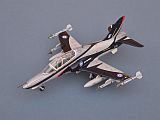
The Hawk has become one of the most successful British aircraft designs of all time. First flown in 1974 as the Hawker Siddeley HS.1182, it replaced the Folland Gnat as the RAF’s fast jet trainer. More than a thousand have been built, including the single seat Hawk 200 fighter, and it was selected in 1981 as the US Navy’s carrier landing trainer, using a modified carrier capable variant built by McDonnell Douglas (now Boeing). It is perhaps best known to the public as the mount of the famous RAF Red Arrows display team, but its main role is that of advanced jet and weapons training.
BAE Systems have continued to develop the Hawk design, with its most recent version, the Hawk 120 series, featuring an elongated nose, updated fuselage centre section and new wings,as well as other aerodynamic and avionics improvements. In this form it is sold as a Lead In Fighter trainer (LIFT) and Advanced Jet Trainer, with the RAF and RN now introducing the Mk.128 Hawk T.2 to replace older Hawk T.1s.
To ease transition to more capable jet aircraft, the current Hawk has an updated glass cockpit that emulates the look and feel of operational fighters. For the Indian Air Force and Navy, Mk.132 Hawks are built locally by Hindustan Aeronautics (HAL), whilst the Royal Saudi Air Force also builds the Mk.165 variant locally.
Building the Airfix Hawk 120 Kit:
Given my enthusiasm for older kits, it comes as a welcome relief to build something more modern from time to time (i.e where the parts actually fit together!).
This kit is not quite as new as I thought though -
I had assumed that it was just a modified version of the standard Airfix Hawk, but I suspect that the differences are slightly deeper than that, as I had problems with this one that did not occur when I built a Red Arrows Hawk in 2018.
The decals are not an easy task. Three options are provided in this issue, one blandly
grey Indian Air Force trainer, one generic black UK trials aircraft and a very complex
scheme for a BAE Systems demonstrator aircraft. The current and more recent issues
have swapped these for a Canadian, Australian and current RAF machine all of which
look a little easier to apply. I went for the demonstrator, since it offers the
possibility of fully loading the aircraft with tanks, gun pod and Sidewinders, a
very unlikely real-
The demonstrator decals are very nicely printed and those for the wing and tail are accurately sized, but they are large and thin. Some must be applied before fitting surface parts, although the instructions do not warn you of this. The rest are of "mixed" ease of application. Several of the longer decals were determined to curl. I don't understand what logic Airfix used to decide which areas needed decals and which should be painted and can't help but feel that providing the extensive black decal markings was the wrong option. perhaps they should have done the smaller silver grey parts as decals and allowed the modeller to paint the black, since a great deal of black touching up will be needed in any event. A set of adhesive masks would have been an even better option.
Although Airfix recommend their own silver grey shades to use, neither of these look like any of the reference photographs I have seen, so I ended up mixing my own from Humbrol aluminium Metalcote and various greys. The end result is very pleasing, but this is definitely not a scheme that I would recommend to any other than the experienced and patient!
A few images of the in-
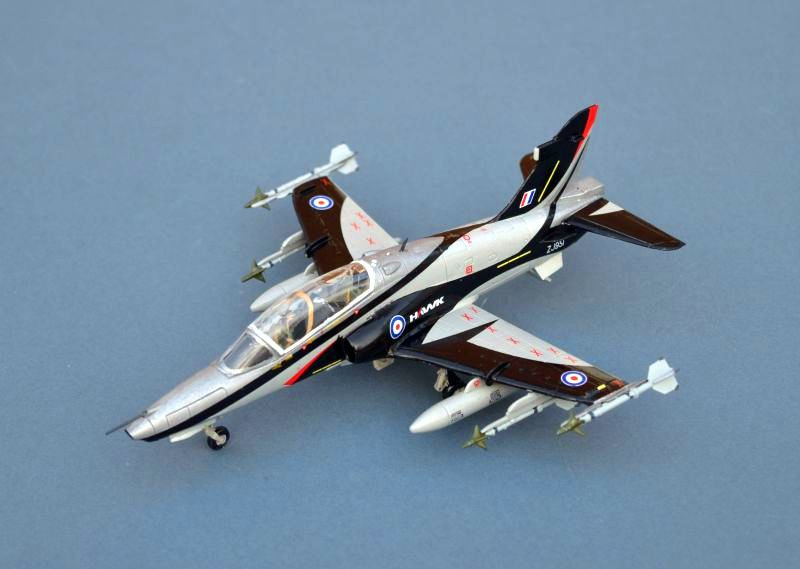
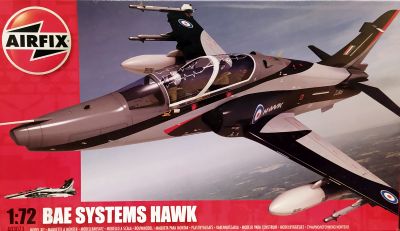
For some reason my cockpit would not sit comfortably in the fuselage at the correct level, and I ended up extracting some bulkheads and trimming them to allow the upper fuselage and canopy to fit. This mismatch then flowed over to the rear instrument panel (which would not fit) and the internal windscreen. I have seen at least one other internet builder who had similar (but not identical) problems, so there is either a fault or an easy trap in the kit! Otherwise, this is a very nice model, with very good parts fit (no filler used) and although the panel lines are overly deep and the canopy a little obviously thick, in other respects it looks like a fine and delicately detailed moulding.
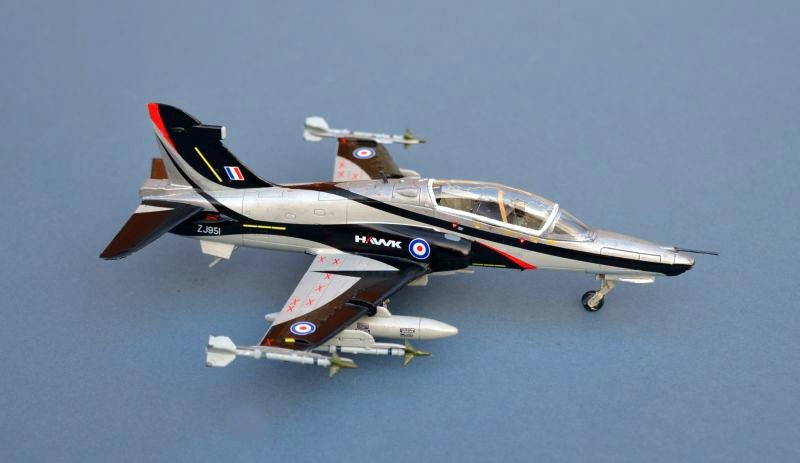
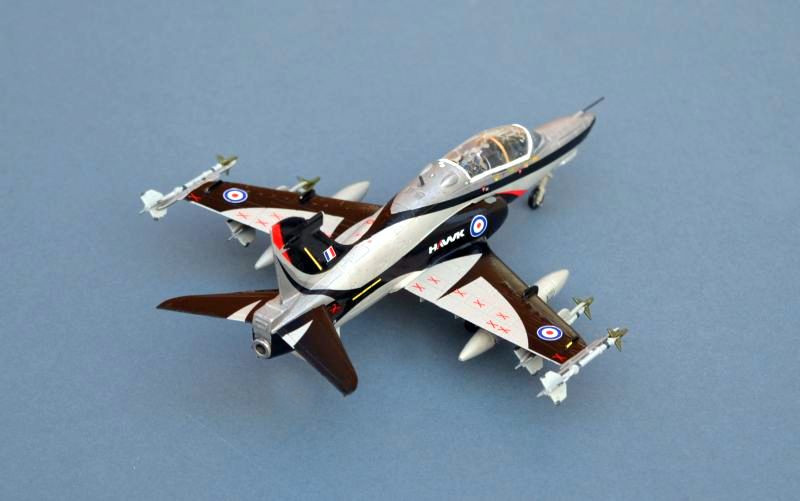
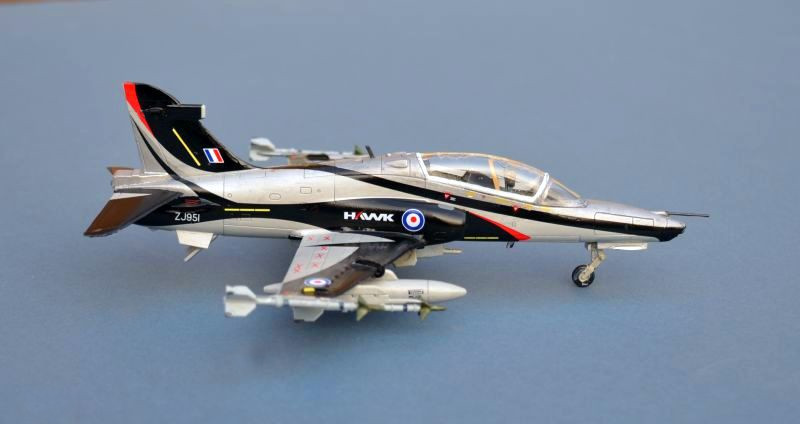
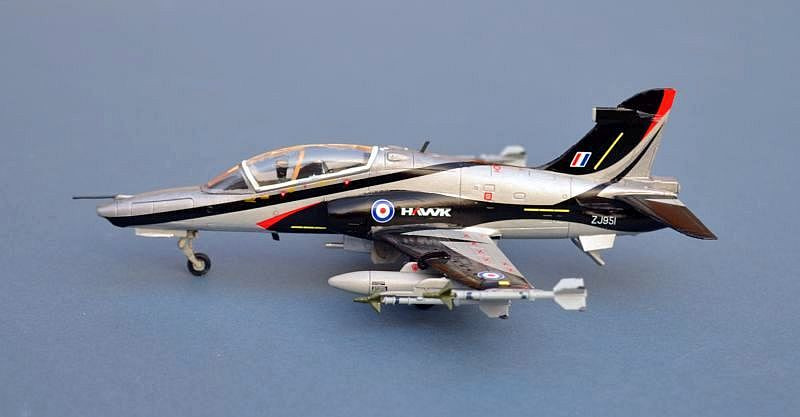
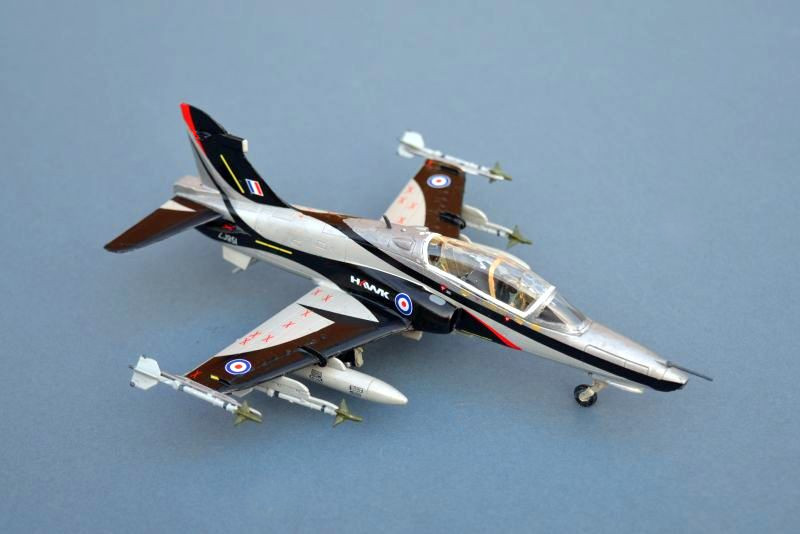
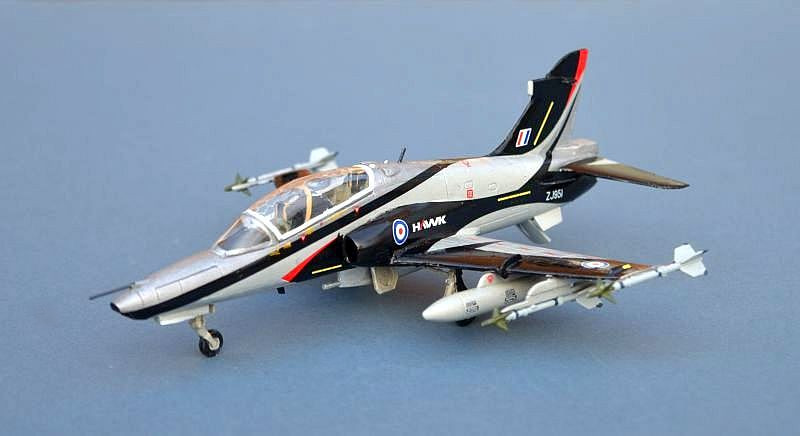
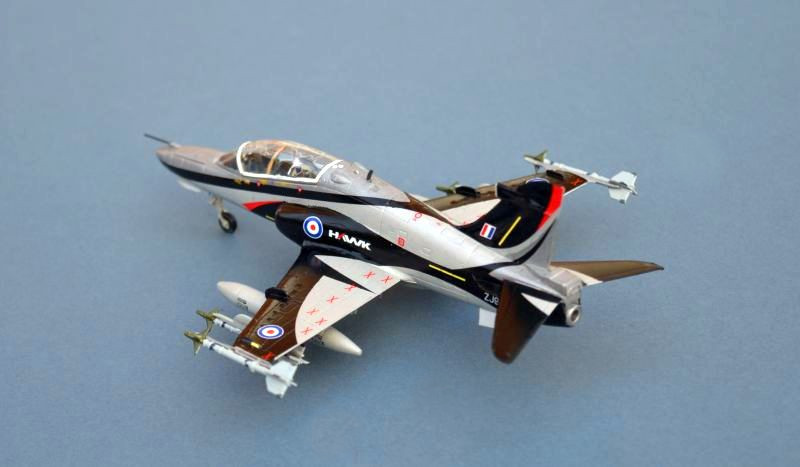
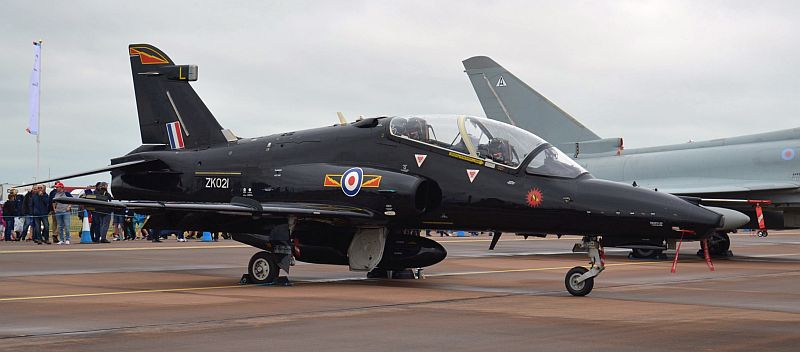
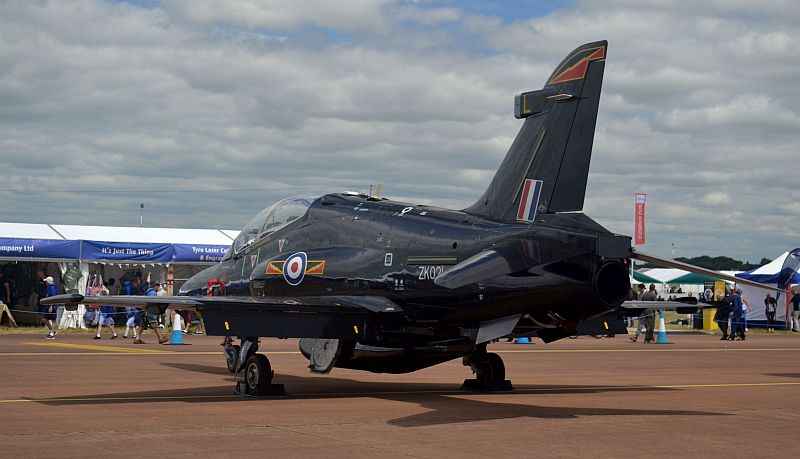
Background image © 2021 BAE Systems. All rights reserved.
© www.gengriz.co.uk